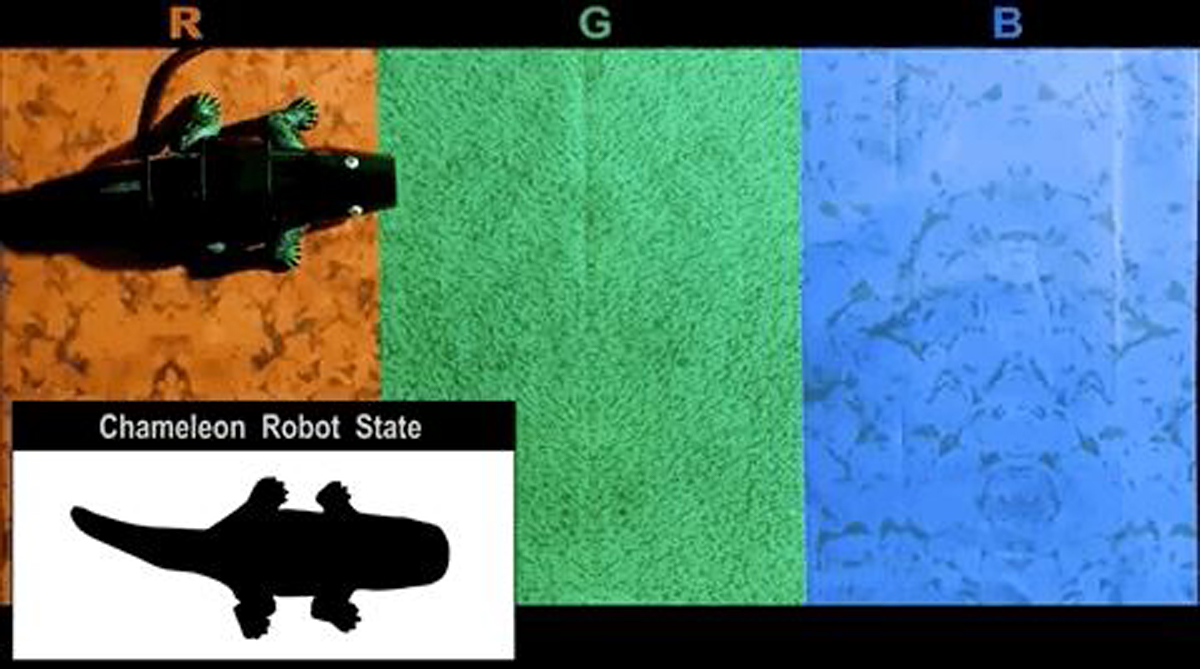Advertisement
Grab your lab coat. Let's get started
Welcome!
Welcome!
Create an account below to get 6 C&EN articles per month, receive newsletters and more - all free.
It seems this is your first time logging in online. Please enter the following information to continue.
As an ACS member you automatically get access to this site. All we need is few more details to create your reading experience.
Not you? Sign in with a different account.
Not you? Sign in with a different account.
ERROR 1
ERROR 1
ERROR 2
ERROR 2
ERROR 2
ERROR 2
ERROR 2
Password and Confirm password must match.
If you have an ACS member number, please enter it here so we can link this account to your membership. (optional)
ERROR 2
ACS values your privacy. By submitting your information, you are gaining access to C&EN and subscribing to our weekly newsletter. We use the information you provide to make your reading experience better, and we will never sell your data to third party members.
Materials
Solar-powered smart sunglasses
Ordinary looking eyewear with solar-cell lenses and integrated sensors and displays provides case study for self-powered wearable electronics
by Mitch Jacoby
June 26, 2017
| A version of this story appeared in
Volume 95, Issue 26
Organic solar cells’ low weight, mechanical flexibility, arbitrary coloring, and other attributes provide engineers with exceptional freedom when it comes to designing applications. Researchers in Germany have capitalized on that combination of properties to conduct a case study on the fabrication, optimization, and performance of a self-powered, wearable smart device: electronic sunglasses with integrated solar cells (Energy Technol. 2017, DOI: 10.1002/ente.201700226). The sunglasses, which were designed by Dominik Landerer, Alexander Colsmann, and coworkers at Karlsruhe Institute of Technology, feature organic solar cells embedded in the lenses. For device evaluation purposes, the team designed the glasses such that the semitransparent cells supply power to sensors that monitor illumination intensity and ambient temperature. The temples of the glasses’ frame house the sensors, microprocessor, and liquid-crystal display circuitry. The team used solution-phase processing methods and commercially available organic polymers and fullerenes to assemble the light-absorbing photovoltaic layer. The researchers note that the sunglasses, which resemble commercial ones in appearance, weight, and eye protection against UV radiation, function reliably in intense outdoor light and typical indoor lighting.




Join the conversation
Contact the reporter
Submit a Letter to the Editor for publication
Engage with us on Twitter